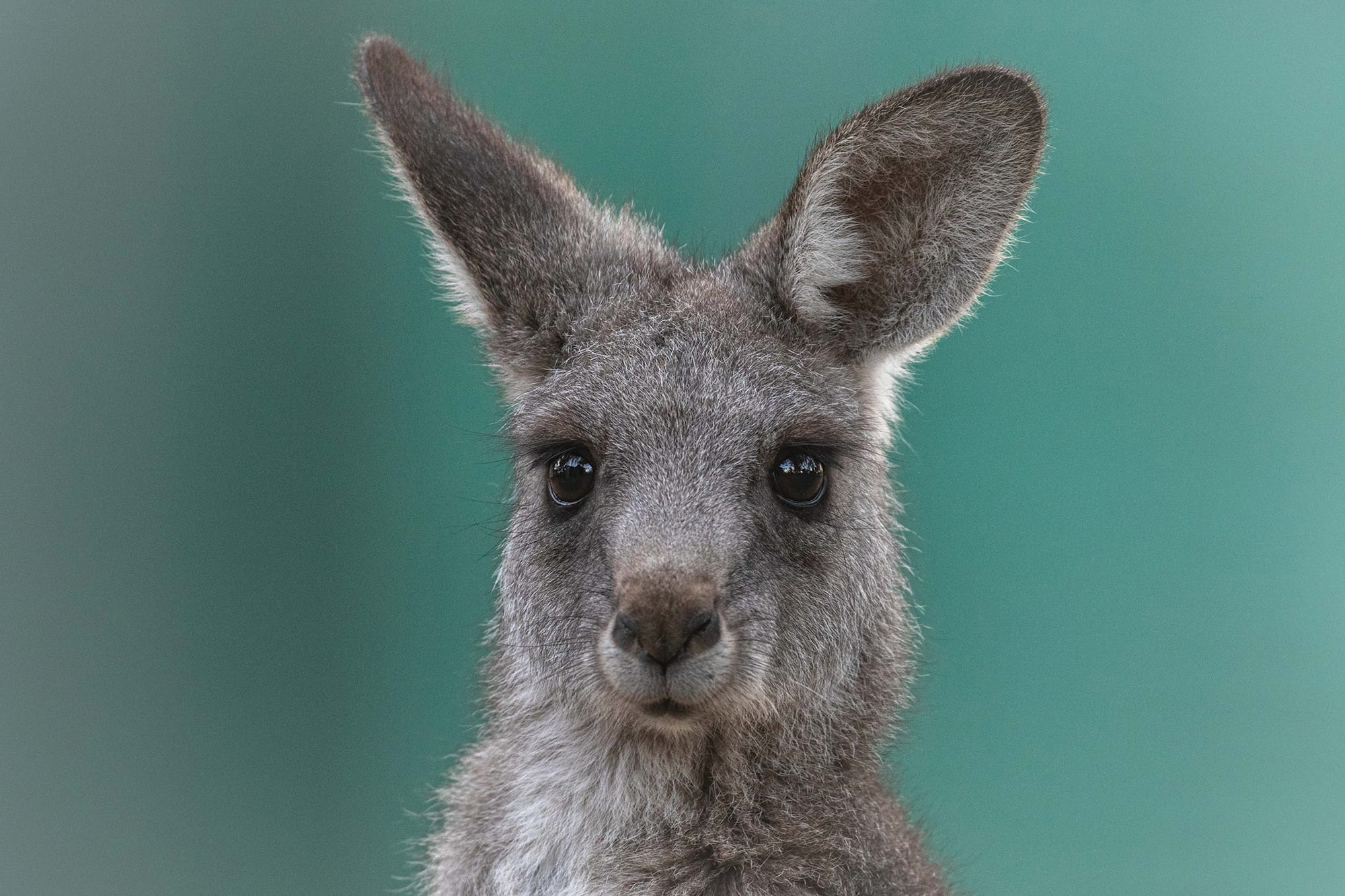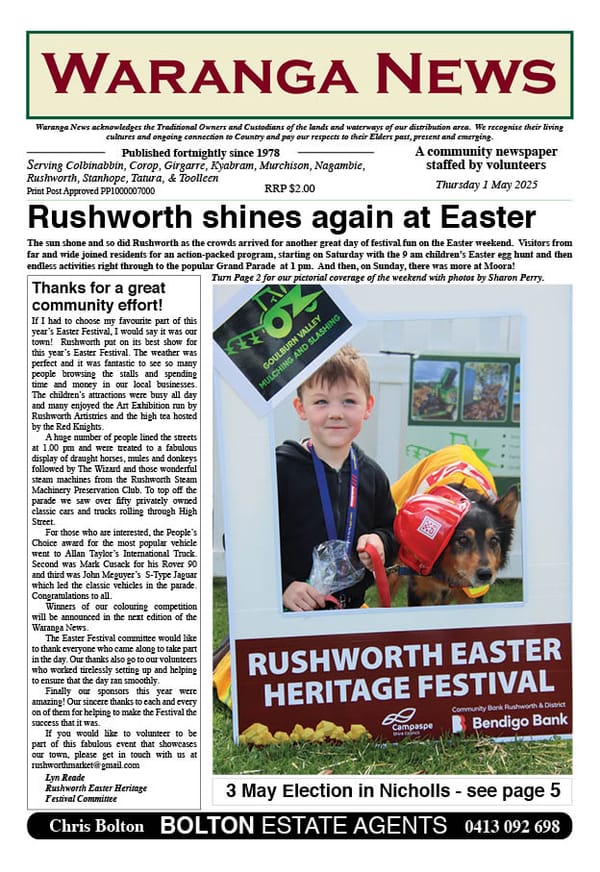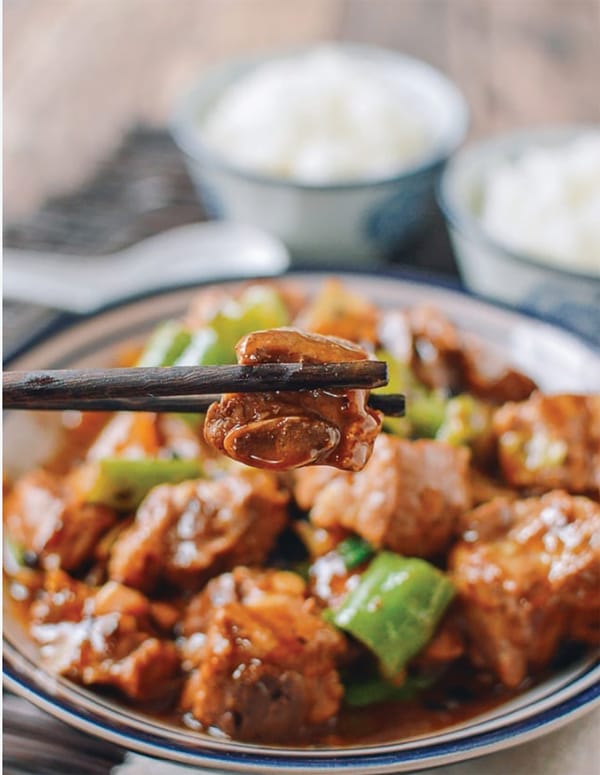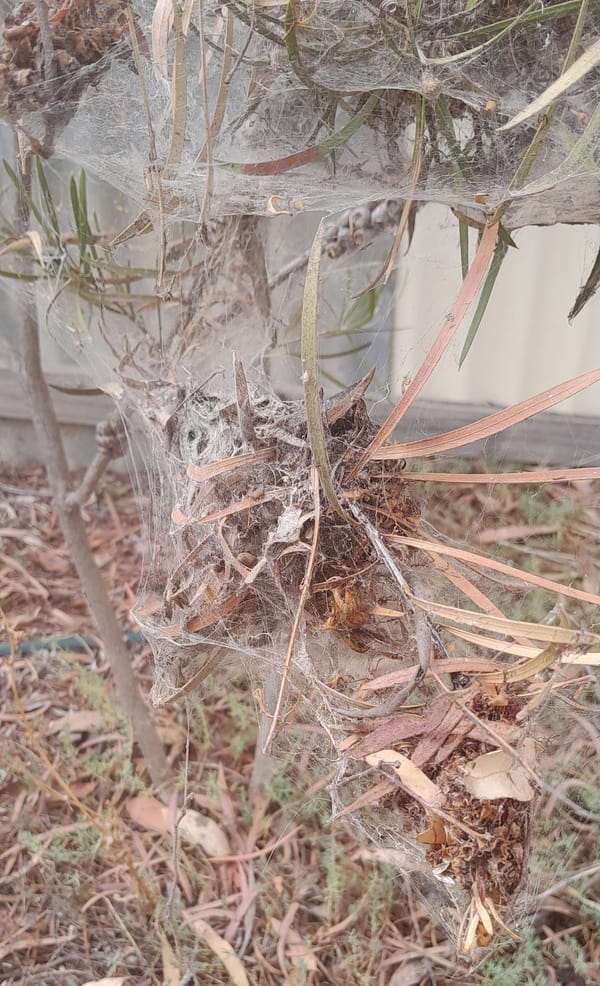As the seasons change...

Gosh! Where did spring/summer season go? It feels like the busy season has been a bit of a blur. The weather is shifting, leaning towards much cooler nights, shorter days and longer nights.
The flow of baby birds has ceased but the gathering of plover pairs on nature strips and in urban parks suggest that there will be spur-winged plover chicks this winter. Does this mean we are in store for a mild winter? The Currawongs are here, their distinct calls throughout the bushland hereheralds the approach of winter. They leave their spring and summer breeding grounds to reside here in lower lands to escape the harsher climate the cold brings to the mountain ranges. They have appeared early this year. Does this mean there will be snow on the mountains earlier? Our migratory birds such as our sacred kingfishers, should be well on the way to warmer lands up north to escape Victoria’s winter.
More winter visitors will arrive so keep an eye out for the brilliant flashes of red who busy themselves picking insects from the forest floor. Our flame, scarlet and red-capped robins are always a welcome winter sight and can brighten the gloomiest of days. A week or so ago, I saw a brancher white-plumed honeyeater chick. Fresh out of the nest, being chauffeured by his family group, perched vulnerably on fallen timber on the bushland floor. Another sign of a mild winter perhaps, as to have fledging young as late as April for a small songbird species is a bit of a gamble.
We can tell a lot from the activities of the wildlife in both our own backyards and our local bushland. Animals are usually so much better at weather and climate forecasts than we are, despite all our nifty gadgets and computer modelling programs.
As the season’s change, so do the types of patients who find themselves at the shelter. March and onwards through the colder months we always consider raptor time as any birds who are struggling to make enough successful hunts find it even tougher as prey animals drop off in numbers and activity. Many young birds are also finding their own way in a world that is harsh. Honing their hunting skills and surviving their first winter is the first challenge they will have to face alone. More owls are hit on our roads from now through to spring. I think this is due to the nights being longer. Darkness falls much earlier, therefore people are travelling to and from work and are on the roads for the first couple of hours of darkness, which is also prime hunting time for our nocturnal hunters. The owls have not begun to pour into the shelter yet but the tawny frogmouths certainly have.
Here are some tips to make driving a little safer for both our wildlife and ourselves. On moonlit nights our wildlife are more active. They can see better and calls outs for nocturnal collisions with vehicles and wildlife increase dramatically on well lit nights. Be extra vigilant on moonlit nights as it is almost a given you will see a possum, an owl, a roo or wallaby crossing or feeding on a roadside. Twilight is a precarious time for wildlife on roads as well. Just before dawn and again, just before dark. These times are when diurnal animals are getting to their safe spots for the night and the nightshift critters are clocking on. If you are driving at night and spot an animal, dim your lights to low beam. Staying on high beam increases the confusion of the animal as they cannot actually see. If you have any doubts about this fact, stand on a lonely country road in the dark and get a mate to suddenly charge towards you with their high beam lights pointing directly at you. You will find the light is so blinding, you will struggle to know where your feet are hitting the ground, let alone be able to see or distinguish which direction you are heading. Dimming lights can help avoid collisions and save both a roo and your car from damage. In known wildlife hotspots, slow down. Take notice of those yellow and black signs warning us of wildlife in the area. They are put there as a warning. Use your horn! So many people do not use their horn! If you see something on the road, you’re breaking to slow down..and use your horn! The sound of a horn has much more effect on making wildlife hurry off the road than it does as a road rage tool.

Lastly, please stop if you hit something. So many drivers hit wildlife and do not stop. You can save a life if you stop. You can save an animal great pain and suffering if you stop. Countless critters are left with horrific wounds each day and night on our roads. They can often live for days with fractures and wounds which cause horrendous pain and starvation. Animals who may have a chance with successful treatment and rehabilitation never get that chance unless you stop. It’s often those who didn’t hit the animal who stop and call for help. Sometimes it can be days or weeks later before creatures are discovered or noticed by someone who cares enough to call. Please stop to check wildlife which has been hit. This includes checking pouches, even when an animal is deceased.
We get copious calls asking us to travel miles away to check a pouch. Usually these calls are from people who have not stopped and cannot even tell us if the animal was indeed female. If you have enough time to call to ask us to pouch check an animal, you have a couple of minutes to stop to check. We are voluntary. We don’t receive government funding or payment for what we do. We are usually operating on the smell of an oily rag. Our time and resources are always at their limits. We cannot afford to spend a three hour round trip to check a pouch of a deceased roadside roo who, nine times out of ten, turns out to be male.
The death toll of wildlife on our roads is staggering. If we adhere to the simple actions mentioned, we can all help save lives.










